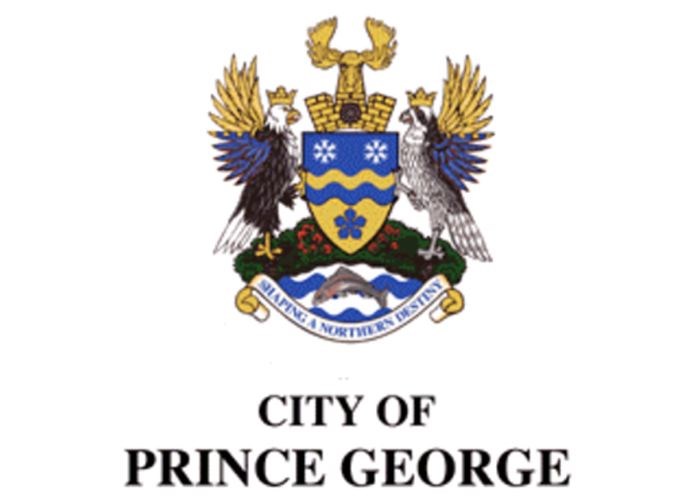A new report before council says 17 of the city's buildings will need $14.8 million in work over the next 10 years and councillors hinted Monday they expected an even bigger bill as they wait for more city facilities to be audited.
The city started its facilities assessment last year, and expect to complete the work in 2017, but so far consultants have only covered half of the 1.75 million square feet the city owns.
"Great presentation, daunting work," said Mayor Lyn Hall after hearing a staff summary of almost 800 pages reporting on those facilities.
"The fact that we're only halfway through tells us there's a big dollar figure at the end."
This year 17 more facilities were assessed on top of the seven from the year before, adding up to only half of the space the city owns. The total cost, including previous discussed replacement projects, is estimated at $21.5 million over the next decade. Two consultants, AECOM and Tetra Tech EBA Inc. laid out the problems with civic infrastructure over almost 800 pages.
That new estimate, using the new BUILDER software program, is half the cost that was estimated by a different planning model in 2013 for the same facilities.
The main changes are the new system looked beyond the age of the building and instead looking closer at "asset conditions."
"It's a slog," said Merrick, noting the report doesn't include accessibility issues that many of the buildings face. In a separate report, council considered a report from the Prince George Advisory Committee on Accessibility, which audited six facilities.
"There is a growing need by cities and municipalities to find better ways to prioritize their infrastructure asset maintenance, rehabilitation and replacement projects," said Tetra Tech, a U.S-based firm with a Vancouver Office, in its report.
"As this infrastructure ages, it becomes increasingly more challenging to assign limited capital expenditures to the repair, rehabilitation or replacement of the assets."
In its report, Studio 2880 had some of the worst ratings, and a projected immediate $940,00 price tag to fix.
To stop wasting energy, the exterior wood windows should be replaced and interior fluorescent lighting also needs to be replaced.
During the arts council's presentation, Hall noted the building's in bad repair and needs a "tremendous amount of work."
Of all the facilities audited, CN Centre and the 18th Ave Yard Shop Building had the highest costs, with the popular event venue and hockey arena a projected $4.3 million over 10 years.
The yard shop, meanwhile, had a 2016 cost of almost $2.8 million, which increased to $3.7 million in 10 years.
The building condition assessors used a nine-level rating system and also used inspection data to determine the "optimal point a building's life to do work in order "to avoid more costly rehabilitation projects later."
The software also gives a cost estimate for repairs, but they aren't specific to the Prince George area, the report notes, which is a downside to the program.
At the building's best, it's rated green, but the staff reports that infrastructure can't stay in the green zone without investment.
Kin Centre 3 Arena and the Exhibition Sports Centre joined the arts council facility for lowest grades, in the amber category.
The Kin Centre needed rooftop exhaust fans and an air unit replacement while the centre was showing cracks in the foundation, required complete replacement of its windows as well as mechanical equipment and gas water heater replacements.
Terri McConnachie said the information will be helpful during the upcoming budget consultations, but said it was a shame the aging infrastructure had been left so long.
"It's going to cost more money over the interim because it's been put on the back-burner for so long," she said.
"It does seem very daunting that we're only halfway there."
Communicating that level of need for infrastructure repair to residents was a key issue to Brian Skakun, who pushed for city staff to ramp up its outreach efforts.
"I think the public has to know what's happening here and the kind of bills we're facing," he said. We need to communicate the cost. This is significant amount of money we're going to face during budget times."
"It's a big job it's a lot of money but it's things you can't leave," added Frank Everett.
"Leaving this has got us to this state where we have a huge bill to pay."



